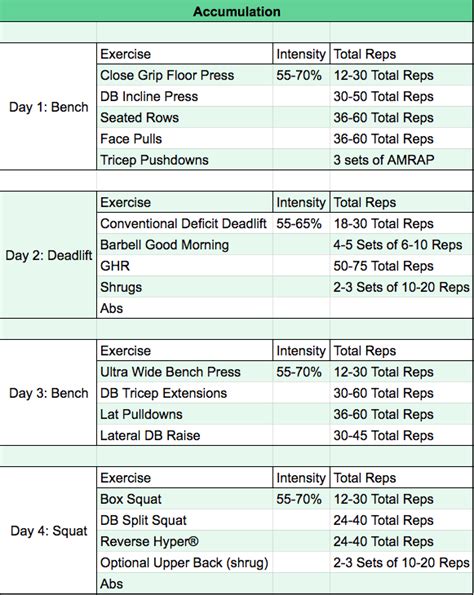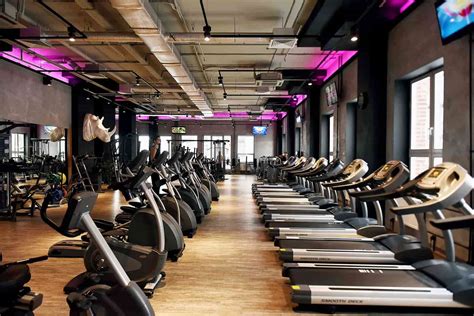What advanced techniques break training plateaus for peak strength & hypertrophy?

Understanding Training Plateaus
For anyone serious about building muscle and strength, the dreaded training plateau is an inevitable hurdle. Initially, progress comes quickly as your body adapts to new stimuli. However, over time, the body becomes more efficient, and the same old routines cease to yield results. A plateau isn’t necessarily a sign of failure; it’s an indication that your body has adapted and requires a new, more advanced stimulus to continue progressing. Breaking through these barriers demands a strategic shift from foundational principles to sophisticated methodologies.
The Science of Breaking Through
To overcome stagnation, we must understand that continued progress relies on disrupting homeostasis. This means introducing novel stressors that force the body to adapt further. While progressive overload remains the bedrock of training, its application must evolve. Advanced techniques go beyond simply adding more weight or reps; they involve manipulating training variables in more complex ways to elicit new strength gains and hypertrophic responses.
1. Advanced Periodization Strategies
Moving beyond simple linear progression, advanced periodization models offer structured ways to vary training intensity, volume, and focus over different cycles. Block Periodization involves concentrating on specific training goals (e.g., a hypertrophy block followed by a strength block, then a peak block), allowing for maximal adaptation in each phase. Undulating Periodization (daily or weekly) involves fluctuating these variables more frequently, preventing overreaching in any single domain and keeping the body constantly challenged with varied stimuli.

2. Intensity Amplification Techniques
These techniques allow you to push past traditional failure points, creating a powerful stimulus for muscle growth. Drop Sets involve reducing the weight immediately after reaching failure and continuing the set. Rest-Pause Training requires short rests (10-20 seconds) during a set to allow for more reps with the same weight. Myo-Reps focus on performing a small number of reps with full effort after an initial high-rep activator set. Cluster Sets involve short, predetermined rest periods within a single set, allowing for heavier loads or more reps at a given load. These methods significantly increase time under tension and metabolic stress.

3. Strategic Volume & Frequency Manipulation
Adjusting your training volume (total sets x reps x weight) and frequency (how often you train a muscle group) can be a powerful way to break plateaus. Implementing dedicated High-Volume Phases can maximize hypertrophic potential, while strategic Reduced Volume Phases can allow for supercompensation and increased strength. Exploring High-Frequency Training, where muscle groups are trained 3-5 times per week with lower daily volume, can also be effective for certain individuals, maximizing protein synthesis windows.

4. Optimizing Exercise Selection and Variation
Sometimes, a plateau isn’t about how hard you train, but what you’re training with. Introducing variations of your main lifts (e.g., pause squats, deficit deadlifts, close-grip bench press) can target different ranges of motion or muscle groups, addressing weaknesses. Utilizing specialty bars (safety squat bar, trap bar) or incorporating resistance bands and chains can alter the strength curve, providing a novel stimulus. Focusing on unilateral movements (e.g., lunges, single-arm rows) can also correct imbalances and build stabilizing strength.

5. Enhanced Recovery and Deloading
Often overlooked, recovery is where growth truly happens. When pushing the limits with advanced techniques, recovery must be prioritized. Ensuring adequate sleep (7-9 hours), optimizing nutrition (sufficient protein, carbohydrates, and micronutrients), and managing stress are paramount. Crucially, regularly scheduled deloads (reducing volume and intensity for a week) are essential. Deloads allow your central nervous system and muscular system to fully recover, supercompensate, and be primed for another aggressive training cycle, preventing burnout and injury.

The Holistic Approach to Sustained Progress
Breaking through training plateaus requires a multifaceted approach. There’s no single magic bullet; rather, it’s about intelligently integrating these advanced techniques into a well-structured program. Listen to your body, track your progress meticulously, and be willing to experiment. By consistently challenging your body with varied and intelligent stimuli, coupled with unwavering dedication to recovery, you can effectively shatter plateaus and continue your journey towards peak strength and hypertrophy.








